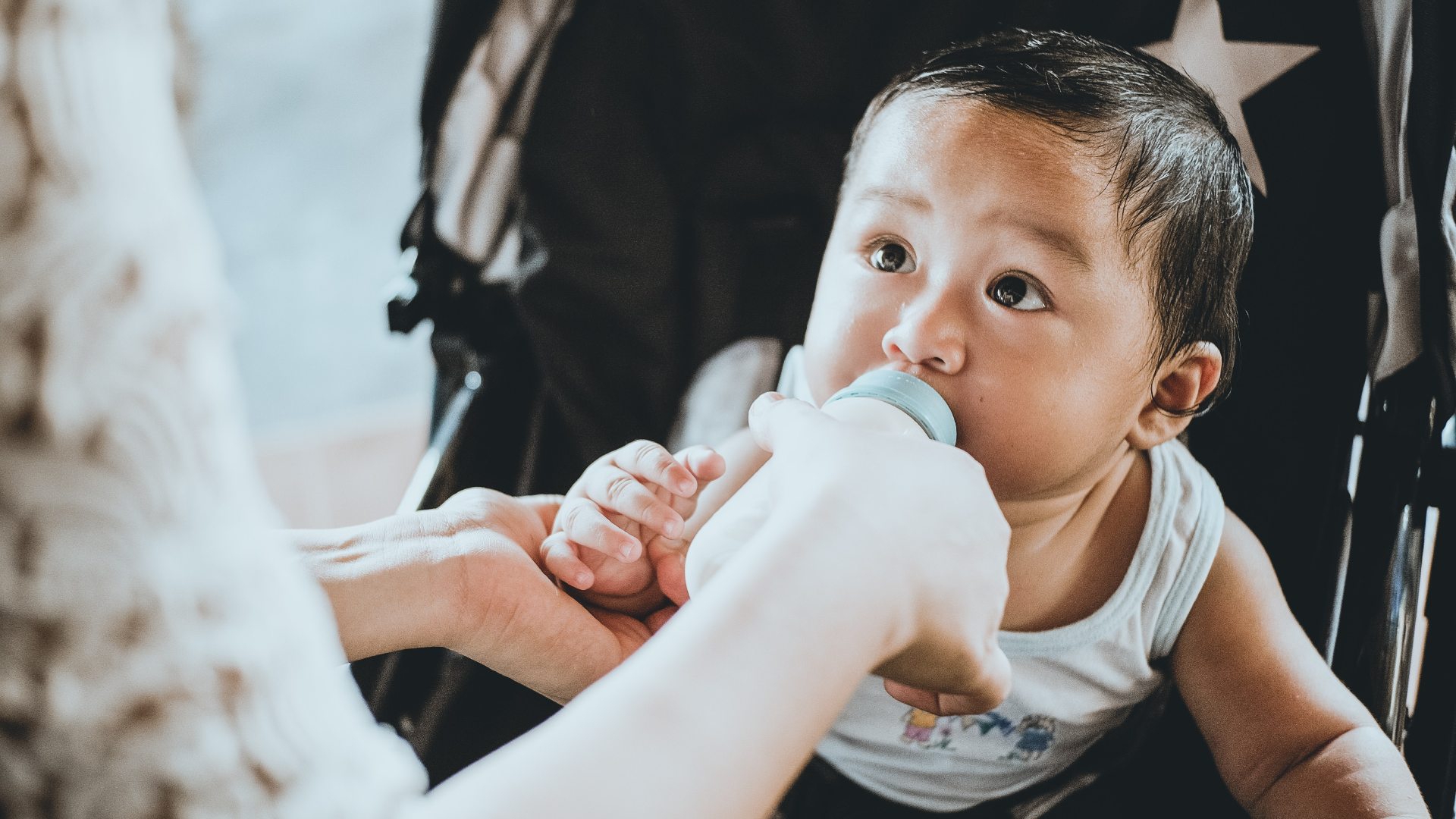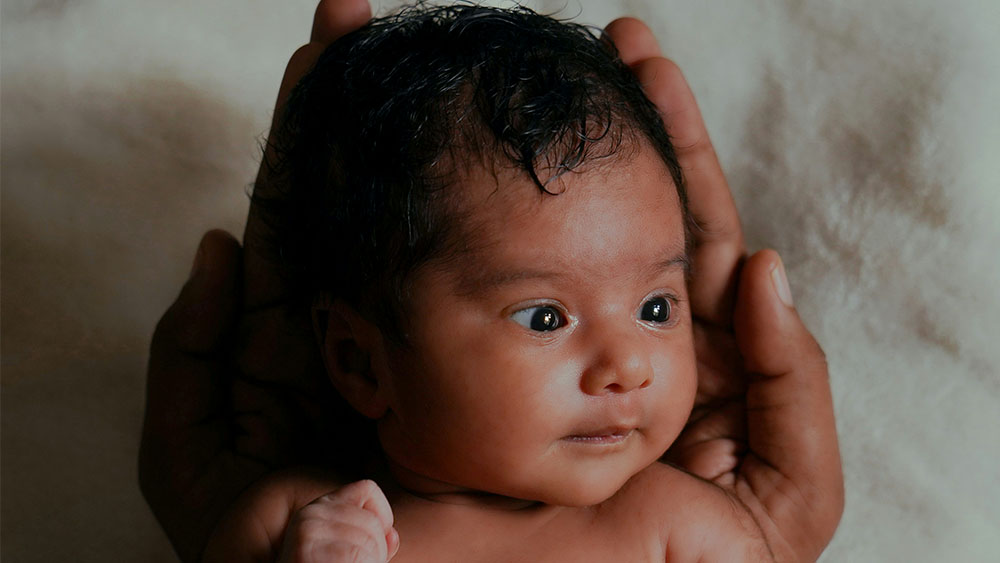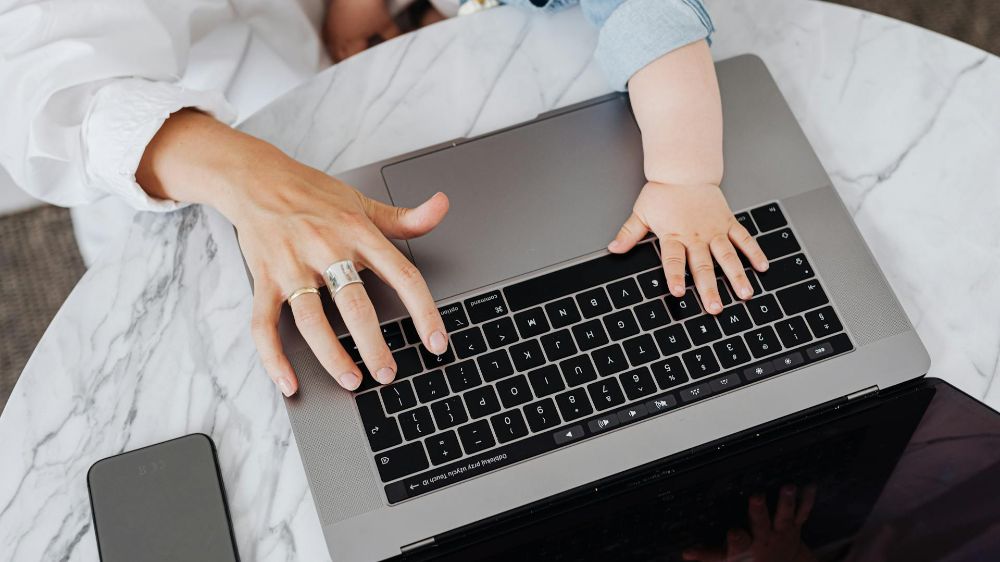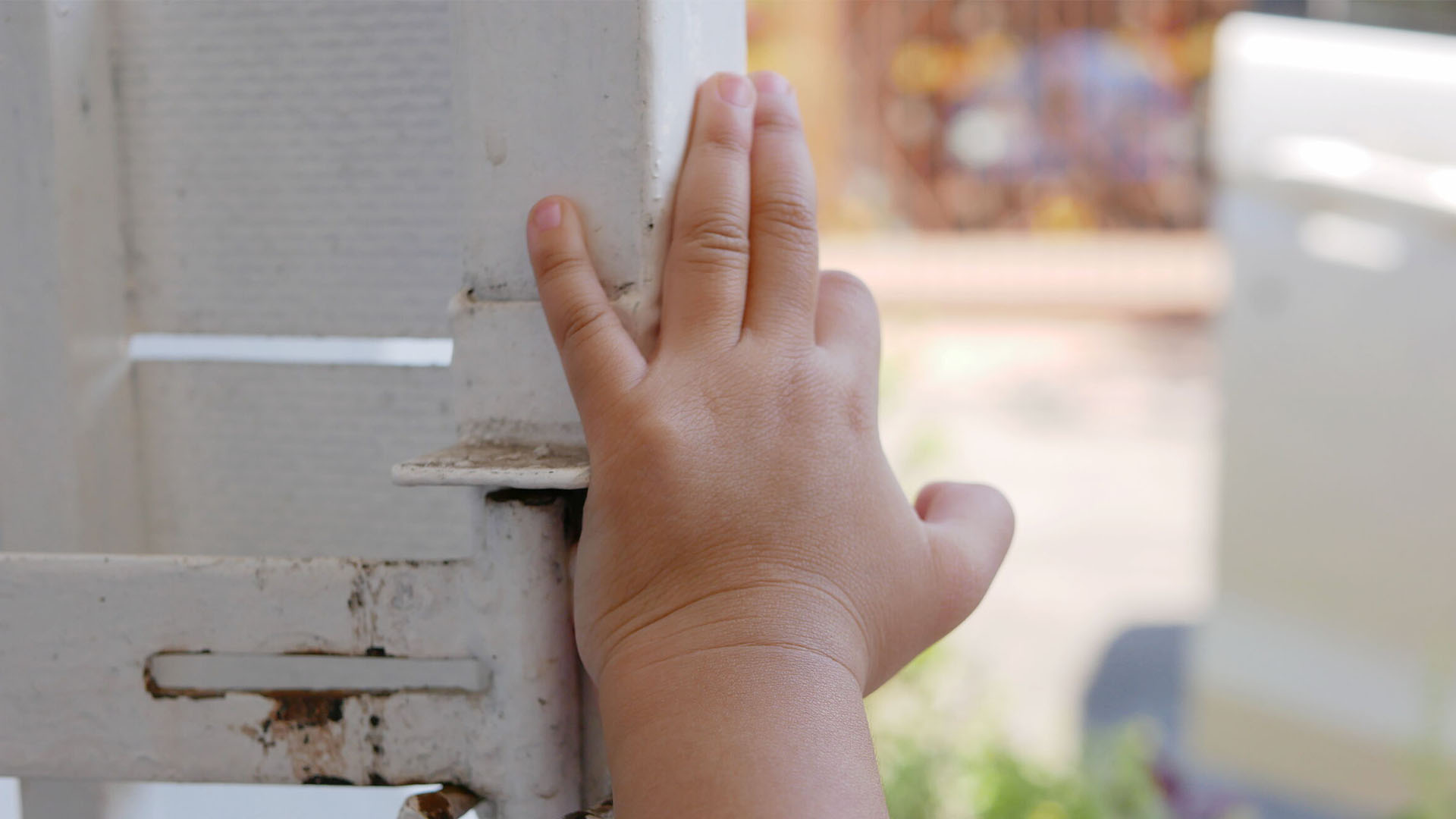Should I Breastfeed Or Bottle-Feed My Baby?
There’s always been a hot debate on what feeding method is better for babies, but is bottle feeding safe after the recent scientific evidence that even plastic feeding bottles can release microplastics into baby formula?
While we know that microplastics exist in almost every environment on the planet, recent research has shown that that baby formula preparation with polypropylene bottles can release an average of four million microplastic particles per litre into baby formula during preparation using water at 70⁰C, the World Health Organisation-recommended temperature for formula preparation.
Almost 83 percent of plastic feeding bottles are made from polypropylene plastic, which is the usual stable plastic material used for microwave-friendly plastic containers. Not only is the amount of microplastic released dependant on the temperature of the water used, but shaking the bottle to mix the formula can also increases microplastic release. Based on these findings, scientists now believe that the average bottle-fed baby could be ingesting 1.6 million plastic microparticles every day during the first 12 months of their lives.
So what then is the safer way to feed babies – breast or bottle? We weigh in the pros and cons of both methods:
1. Go natural if possible
The American Academy of Paediatrics (AAP) recommends that babies be breastfed exclusively for about the first six months of their lives, continuing through the first year of life, after the addition of solid foods. This is because breast milk is said to be the perfect food for a baby's digestive system, with the right amount of nutrients, all of which can be easily digested.
2. Advantages of breastfeeding
There are many advantages of breastfeeding newborn babies as breast milk has antibodies that help protect babies from illnesses such as diarrhoea, respiratory infections, diabetes, high cholesterol, asthma and common allergies.
3. Advantages of bottle feeding
Bottle feeding gets an unfair bad rep most of the time but don’t dismiss it just yet, because it offers many advantages too. While factory made formula will always come second to natural breast milk, there is no denying the fact that good quality formula is also very nutritious and just as healthy for newborn babies. Sometimes, breast feeding is just not possible for mothers, despite their best efforts, so there is nothing wrong with going down the formula route.
4. Preparing formula safely
The AAP also recommends that feeding bottles are sterilised and baby formula heated to destroy potentially harmful bacteria. In light of the recent microplastic findings now, scientists recommend the following four steps to prepare formula safely:
- Rinse sterilised feeding bottles with cool, sterile water.
- Prepare formula in a non-plastic container
- After formula has cooled to room temperature, transfer it into the cooled, sterilised feeding bottle.
- Avoid rewarming prepared formula in plastic containers, especially with a microwave oven.
5. Go with your gut
Mothers have been breast feeding and bottle feeding babies for centuries, each in equal parts. Perhaps the issue of microplastics leaching into prepared formula existed since decades, but has only been revealed now, but that doesn’t make bottle feeding dangerous, especially with the four above-mentioned steps, as the formula itself is still safe for babies. Both methods of feeding are safe for babies, but each mother has to decide for herself what she feels most comfortable with. When done correctly, there is no wrong choice for feeding.
For the latest updates on Wonderwall.sg, be sure to follow us on TikTok, Telegram, Instagram, and Facebook. If you have a story idea for us, email us at [email protected].











